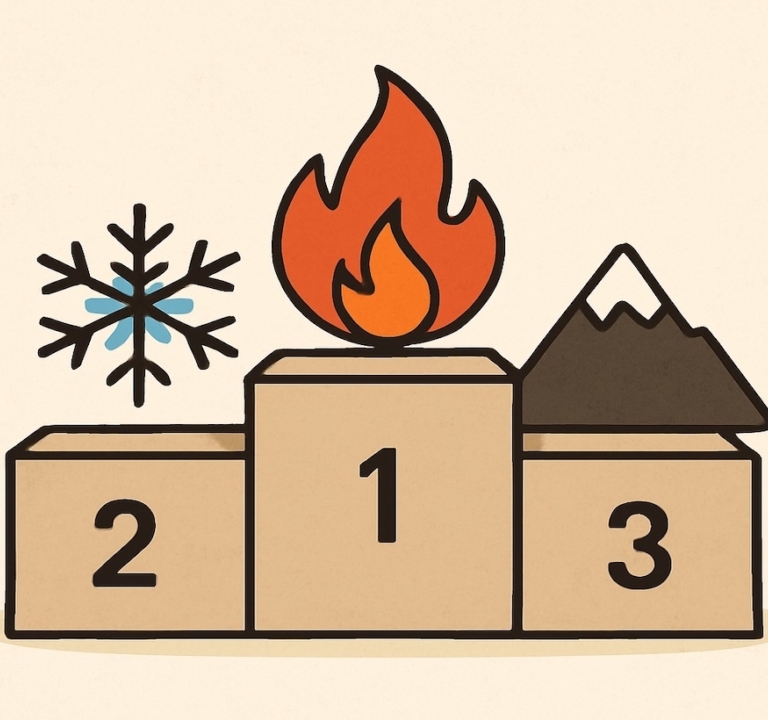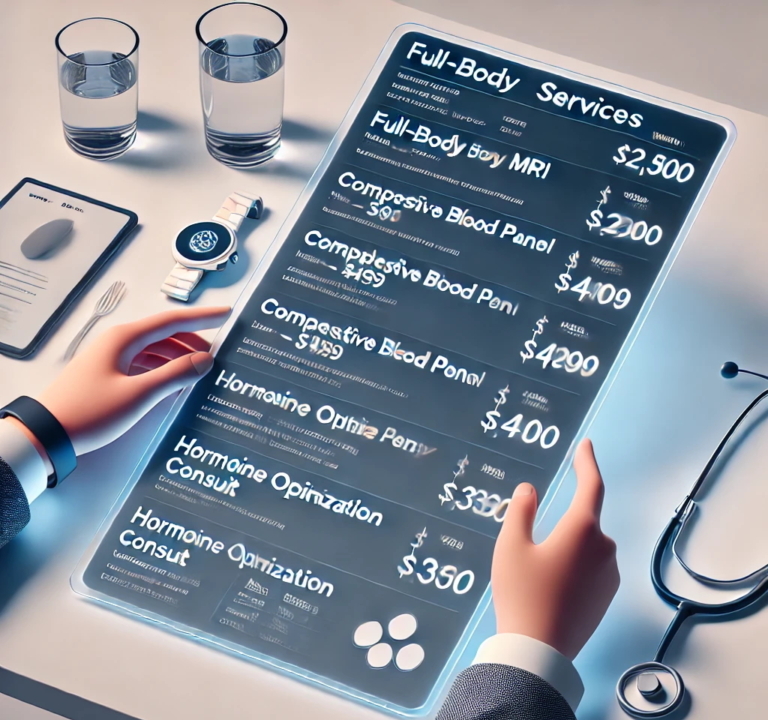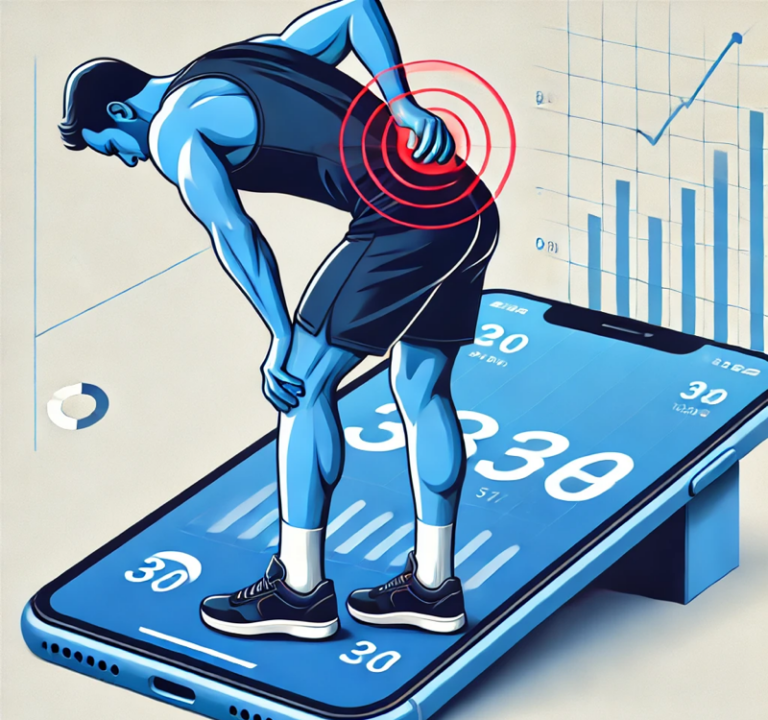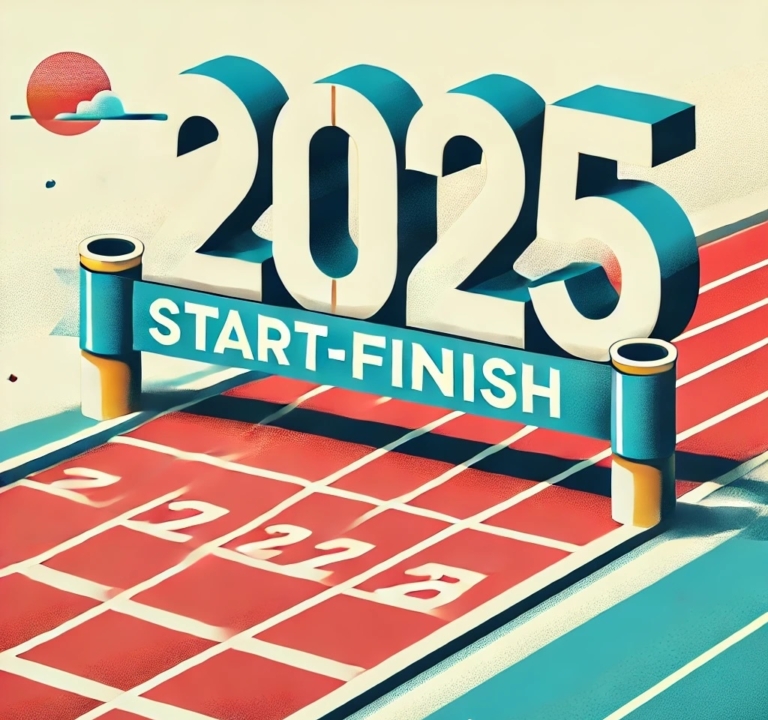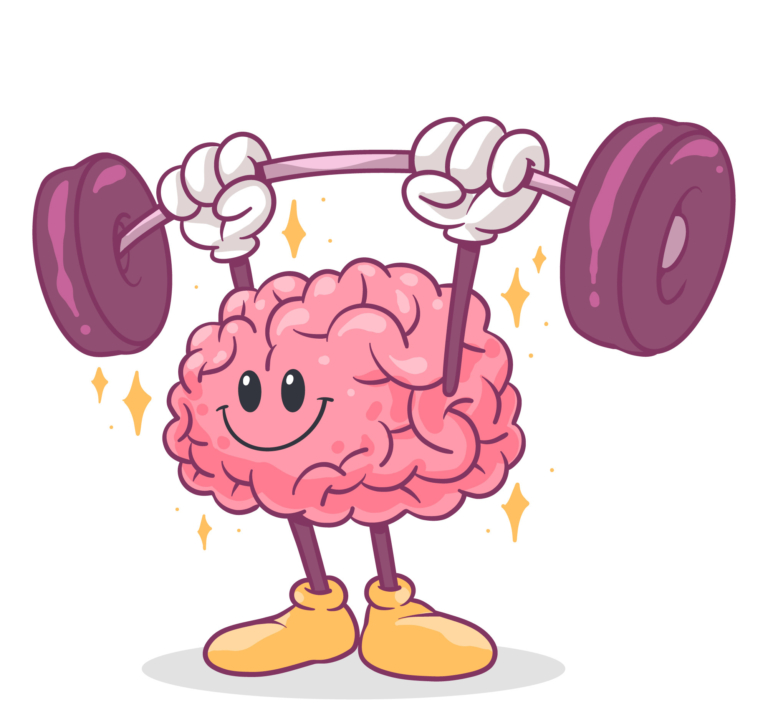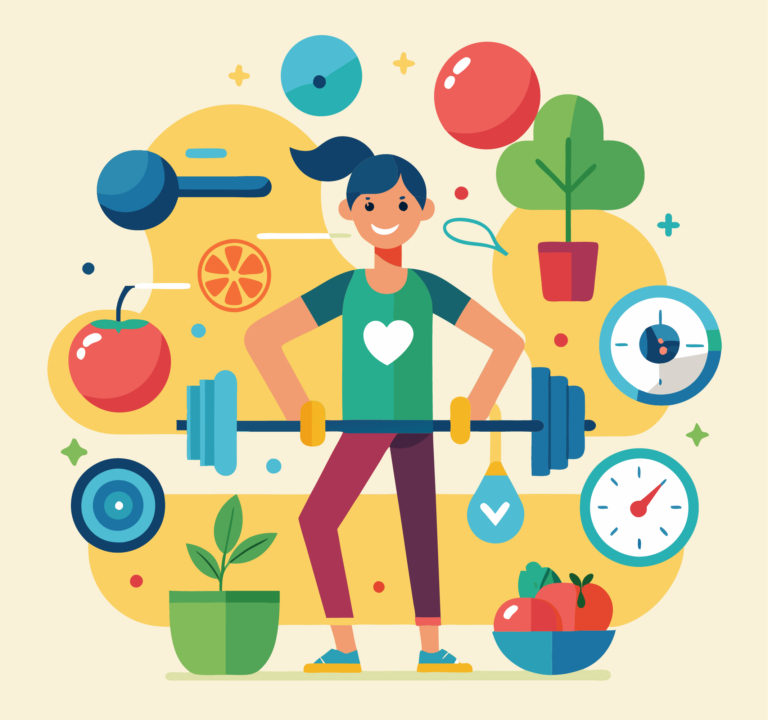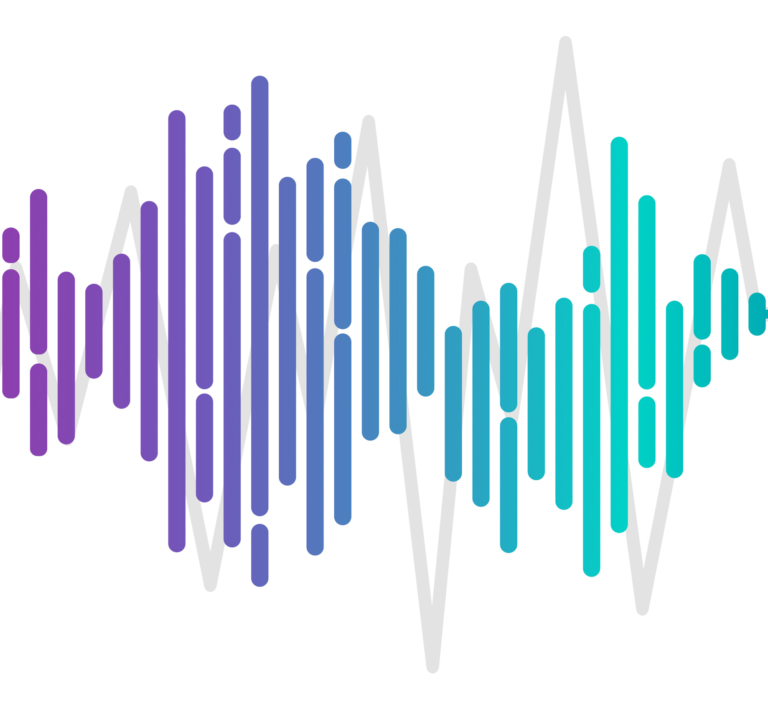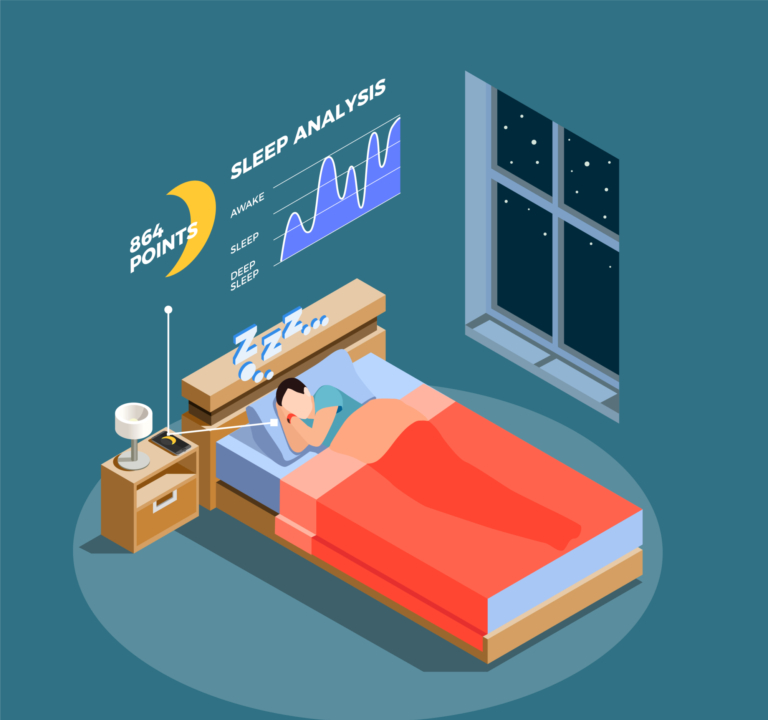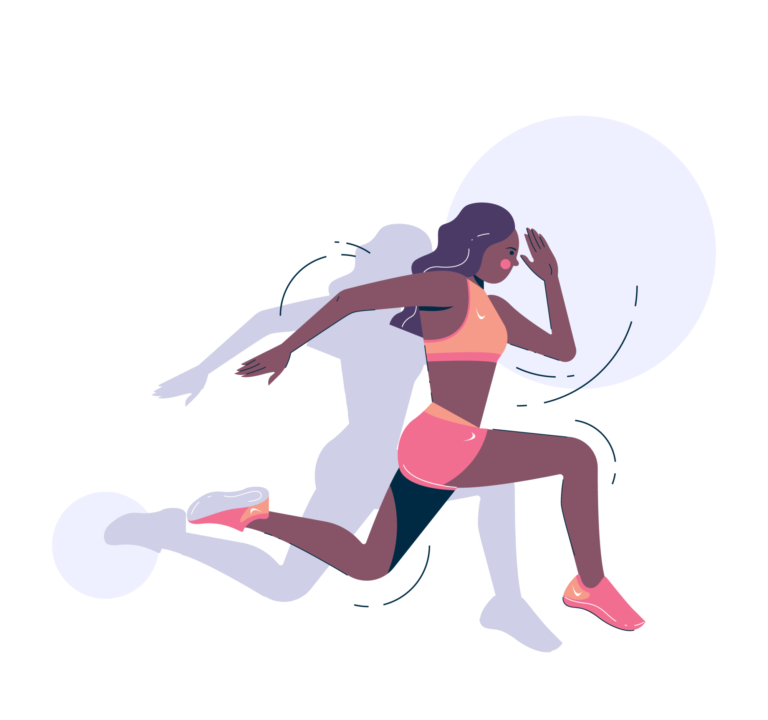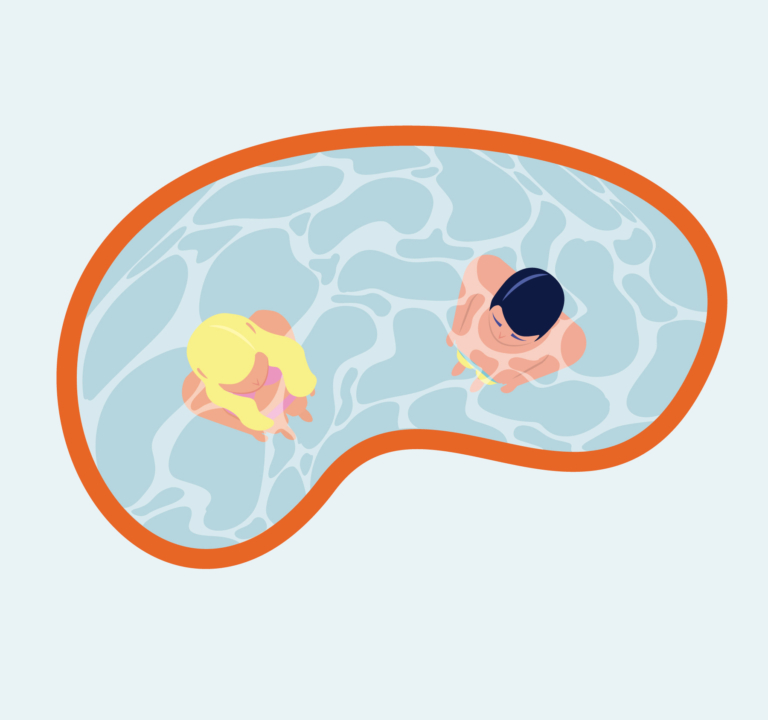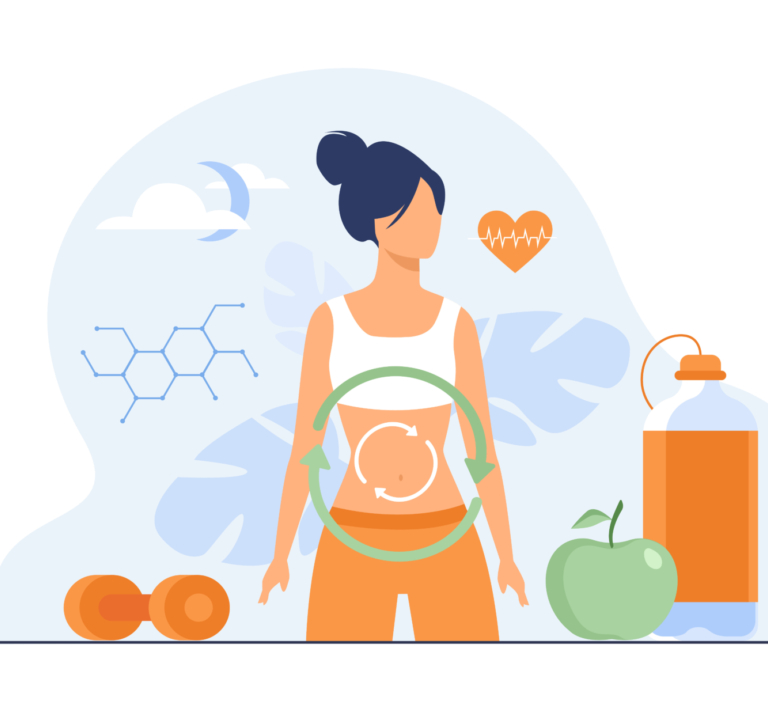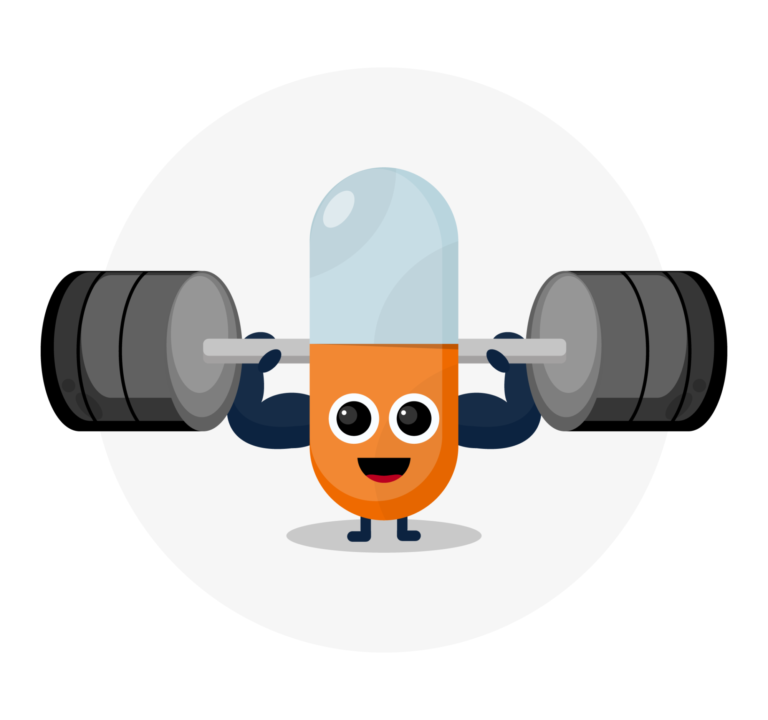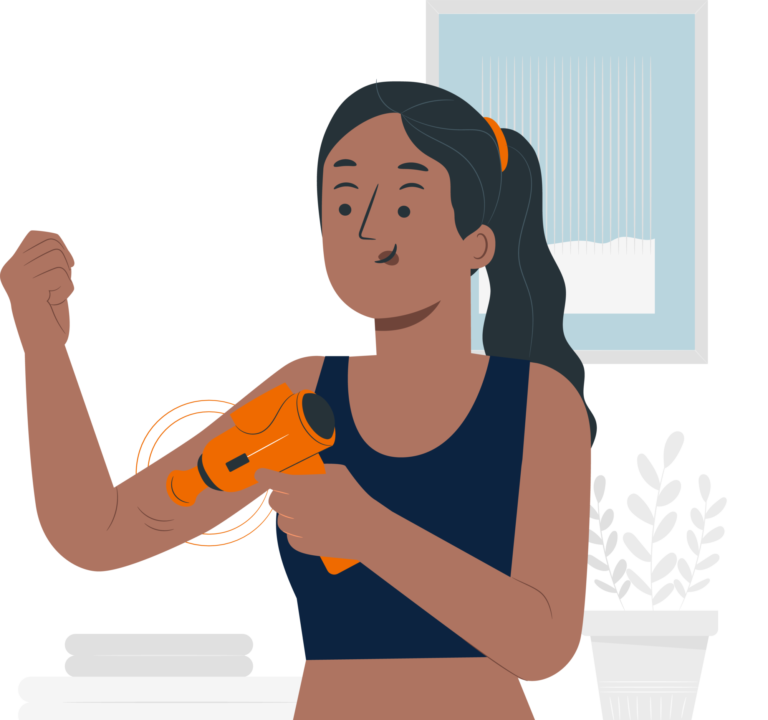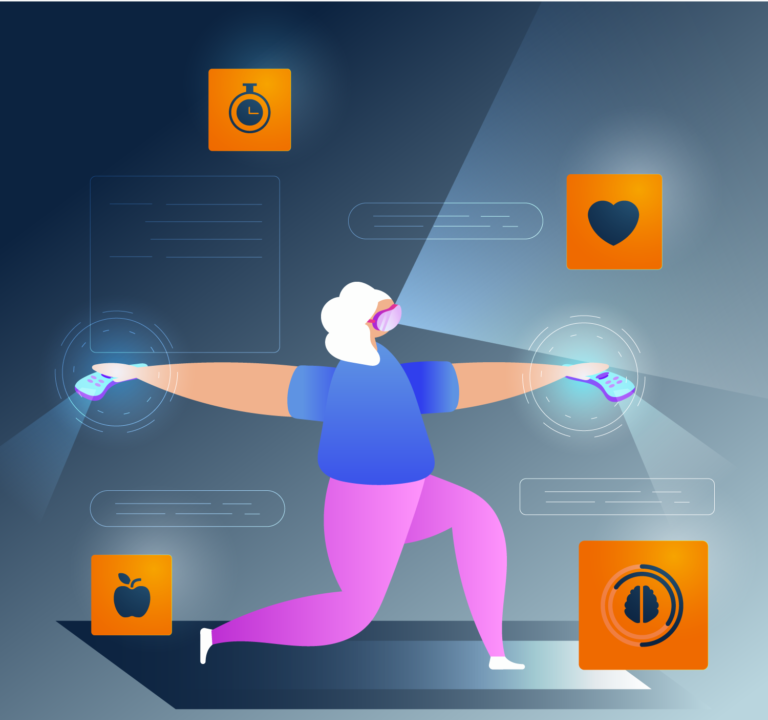DRY-MONTH - JOURNEY TO MINDFUL DRINKING
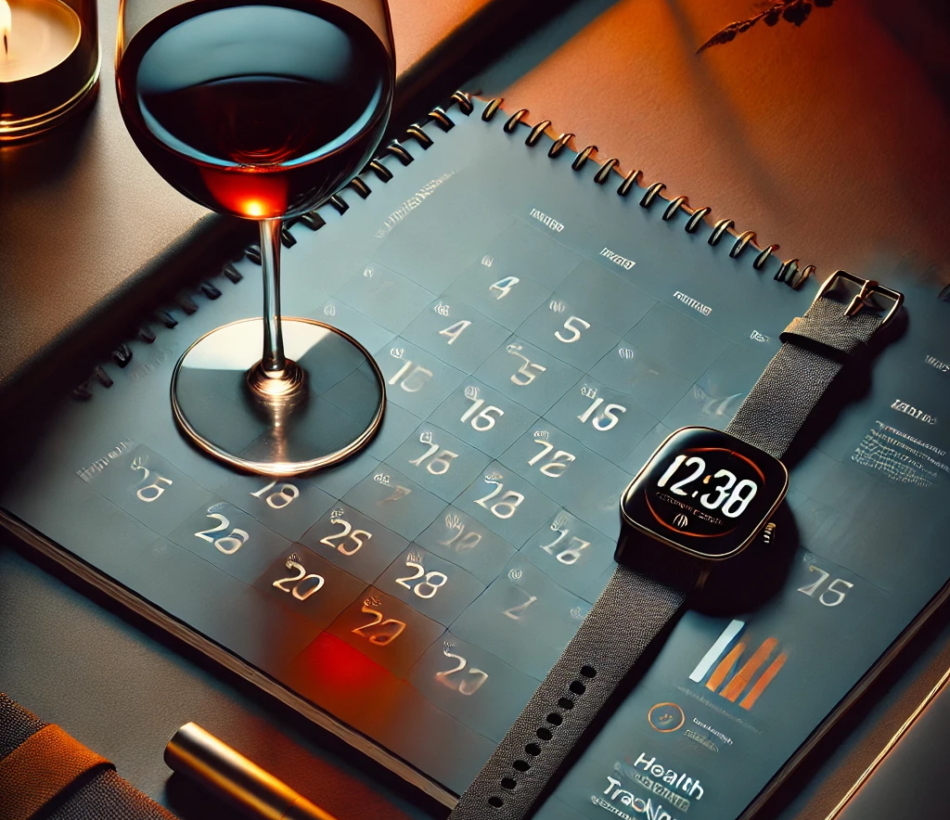
Before committing to drastic abstinence, here’s what the science — and wellness tech — have to say.
#Drymonths
Whether you pledged to abstain from alcohol in January – to detox from the Holiday indulgence – or rather opt for February – 3 fewer calendar days is not negligible, Dry-months are trending. A decade after its launch, 15% of U.S. adults enrolled in such challenges as a way to break temporarily from alcohol and kickstart the year.
Reducing or eliminating alcohol often improves sleep, boosts energy, supports healthy habits — and can help cut unnecessary expenses. But does a month-long break lead to long-term change? While some will reduce their consumption year-round, others may experience detrimental rebounds post-challenge.
Before deciding where you stand, here’s what the science — and your wearable — has to say.
Alcohol: An Evolutionary Edge or a Health Gamble?
From giving early-humans an edge in foraging calorie-dense, fermenting fruit in times of scarcity to facilitating social bonds, the ability to metabolize alcohol offered an evolutionary advantage. But in modern times, where alcohol is abundant, its role in health is far more complex.
Like most of what we know about health today, alcohol’s impact began emerging in the late 1900s through observational evidence.
The intoxicating case for moderate drinking
- 1920s - Researchers observed a J-shaped curve between alcohol consumption and mortality, in which moderate drinkers had lower mortality rates than both heavy-drinkers or abstainers.
- Late 50s - Ancel Keys in the landmark Seven country study observed beneficial characteristics of a Mediterranean diet and lifestyle – characterized by regular moderate red wine drinking, among others – on cholesterol, CVD and longevity.
Widely publicized, these observations helped propel alcohol – especially red wine, and the Mediterranean diet to wellness fame.
- 1980s - The Alcohol or French paradox was later used to describe how relatively low heart disease in France coexisted with relatively high wine consumption.
Sobering up - The full picture on alcohol and health
Only recently was it understood that the cardioprotection and longevity observed in select regions of the globe – mostly Blue zones – were multifactorial in origin shaped by lifestyle, diet, genetics, and social habits, rather than alcohol alone.
Yet, the idea of alcohol being a health elixir was an easy sell — and in hindsight, was victim of confirmation bias, disregarding the broader risks.
Today, the consensus goes :
- Alcohol, even in small quantities, is detrimental to health as such, there is no safe threshold of consumption.
- Alcohol byproducts induce inflammation and oxidative stress in many organs, are carcinogenic, and disrupt nutrient absorption. Alcohol can alter dietary habits, and extra calories contribute to positive fat balance.
Moderate-to-high alcohol use ranks among the leading causes of morbidity and mortality worldwide, involved in over 200 diseases and injuries.
A cultural shift is brewing
More people are jumping on the bandwagon, fueling a booming market for non-alcoholic (NA) or dealcoholized beverages and mocktails. What was once a niche and unsophisticated segment of the beverage industry has evolved into a mainstream movement, reshaping both consumer habits and market dynamics.
Signals from the industry :
- US alcohol consumption is trending downwards, with 5-year beer consumption declining.
- Many NA options are appearing in all categories, surging by 29% in 2023 to lead beverage-sales growth, surpassing sales of low-alcohol options (7%).
- Companies like Athletic brewing co. nearing-unicorn status are leading the $30B USD global beverage market.
- Sober bars are attracting customers – mostly younger generations, with 70% of millennials more likely to brag about being sober, than their drinking feat.
This shift aligns with the broader functional beverage movement – one in which drinking intersects with health and wellness purposes.
Don’t drink and wear?
Should you leave your wearable at the door before drinking?
Alcohol doesn’t go unnoticed by sports and wellness technologies, as only a few drinks can :
- Increase resting heart rate (RHR) - as a result of activated sympathetic nervous system and alcohol-induced vasodilation.
- Reduce heart rate variability (HRV) - sign of autonomic nervous system dysregulation.
- Disrupt sleep - Impacting deep sleep, REM cycles, and overall duration and quality
- Limit recovery - delay tissue repair and elevate inflammation, resulting in prolonged muscle soreness.
The dilemma:
- Accountability - Tracking alcohol’s impact can make users more accountable, reinforcing mindful drinking habits.
- vs. Anxiety - Over-reliance on biometrics can fuel anxiety, encourage obsessive behaviors, and amplify stress or guilt over minor health fluctuations — akin orthosomnia or orthorexia.
No-fault approach - Many popular wearables platforms, such as Whoop and Oura, do not penalize users for drinking, instead encouraging reflection rather than judgment.
Long-view on well-being - If you indulge in a few drinks, do not let a single night of poor HRV define the experience, as long-term trends hold more weight than punctual fluctuations. Plus, context is key. Consider the benefits of the occasional happy hour that are hardly captured by tech, like social connection and well-being.
So next time you drink, keep your wearable on – but stay mindful of your broader wellness goals.
Finding the middle-ground
As dry months come to an end, it’s a good time to reflect on the benefits and learnings from the experience.
Going to extremes isn’t for everyone—swinging between all-or-nothing approaches can be unsustainable, especially for those prone to addictive or compulsive behaviors. The best solution often lies somewhere in the middle.
Less is better, but balance is key - Being Soberish – or drinking mindfully – can promote sustainable habits and a positive relationship with alcohol (and food in general).
Before you pour yourself a drink, take a moment to check in:
- Am I drinking to forget about my hard day?
- Am I celebrating something meaningful?
- Am I drinking to fit in?
- Do I need courage to face what’s coming?
- Is this just part of my usual routine?
- Will I genuinely enjoy the drink?
Take stock – is your motivation intrinsic or external ? – and be intentional.
Designated tools
Wellness Tech doubling-up - Apps like Sunnyside and Daybreak promote mindful drinking, sometimes gamifying sobriety to help users track progress and give healthier choices.
Sobering-up is also a trend used by fitness clubs to attract users, positioning themselves as an option to meet friends over the (weight) bar.
Invariably, alcohol is a stressor. And to face any stressor — whether physical or professional — preparation is key. Why not plan or periodize your drinking habits, just as you would your training? Better yet, why not leverage recent understanding that alcohol’s impact on health is multifactorial to our advantage?
- Plan easy days after drinking to allow your body to reset.
- Periodize, allowing for moderate consumption during lighter weeks or off-seasons.
- Favor low-intensity zone I-II aerobic exercise to promote blood flow.
- Opt for high-rep, light-weight resistance training to avoid significant muscle micro-tears (overly stressing recovery mechanisms already under pressure).
- Prioritize rehydration and napping
“Sweating it out” still holds metaphorical truth. Easing into exercise and lifestyle habits can help you enjoy the occasional drink without derailing you from your overall trajectory.


